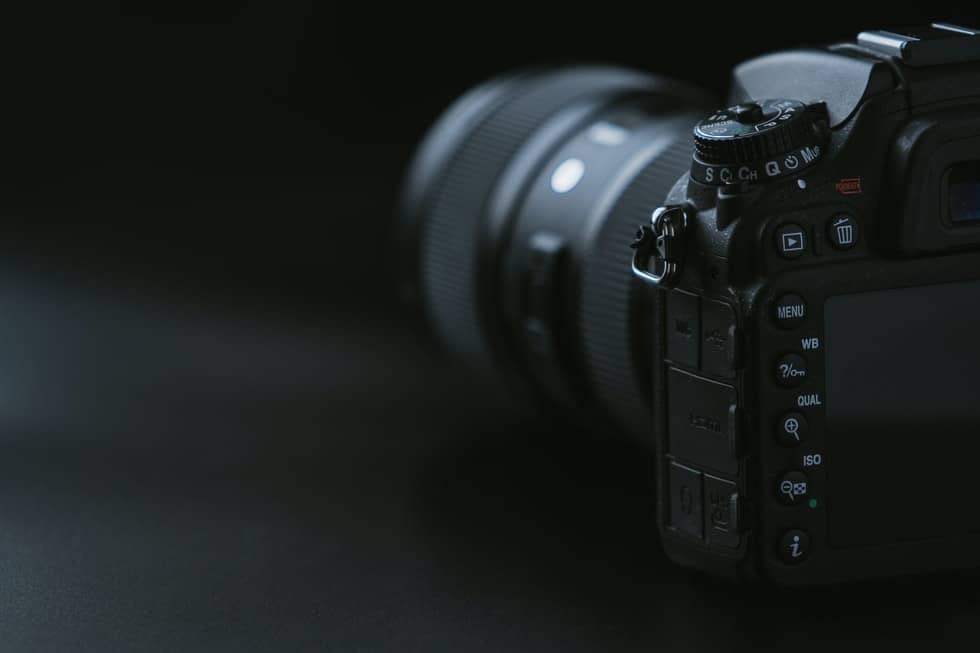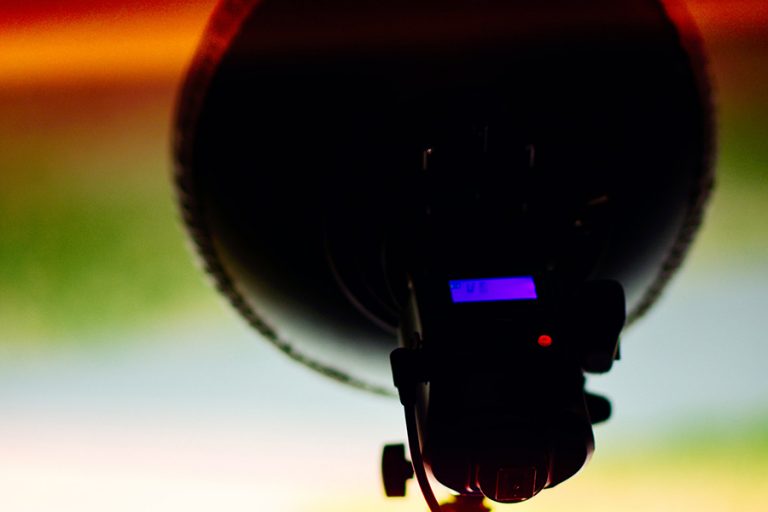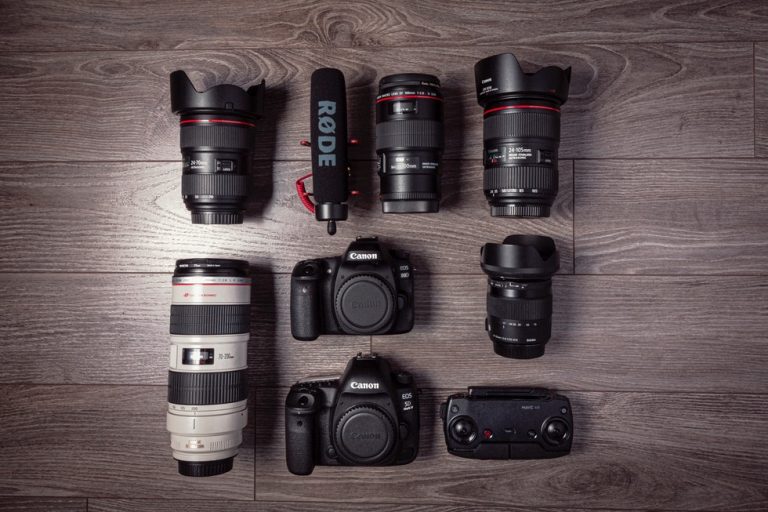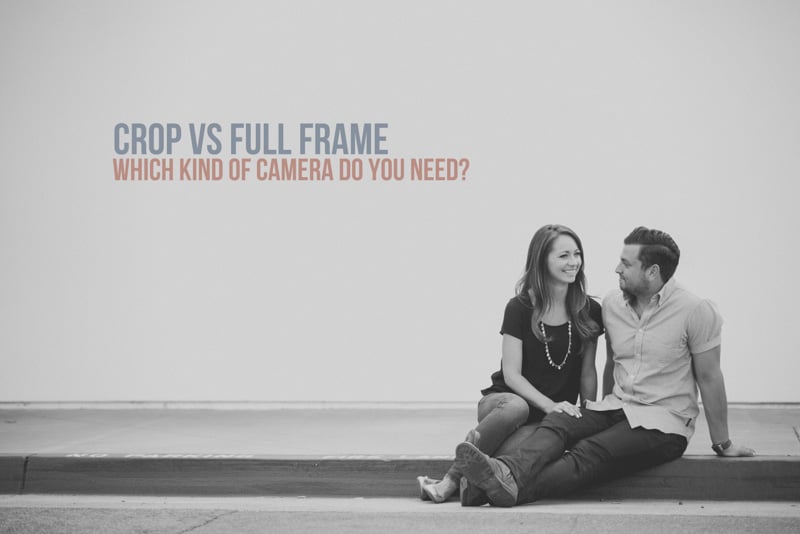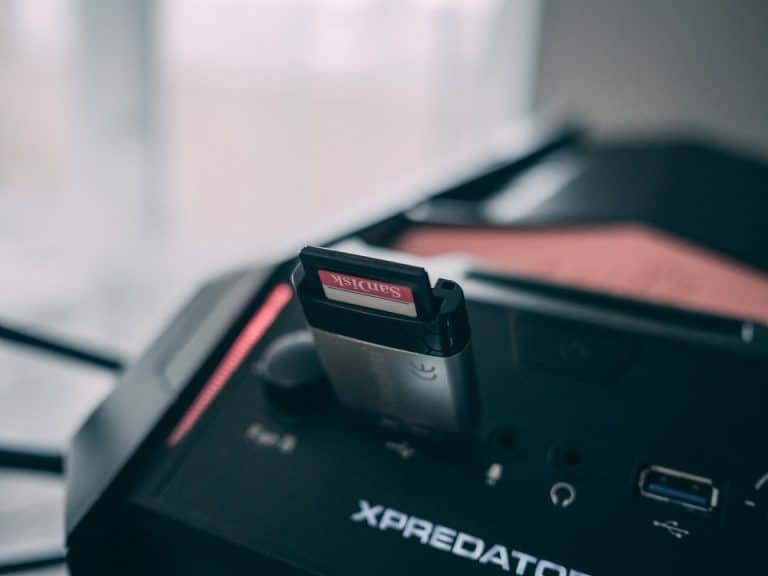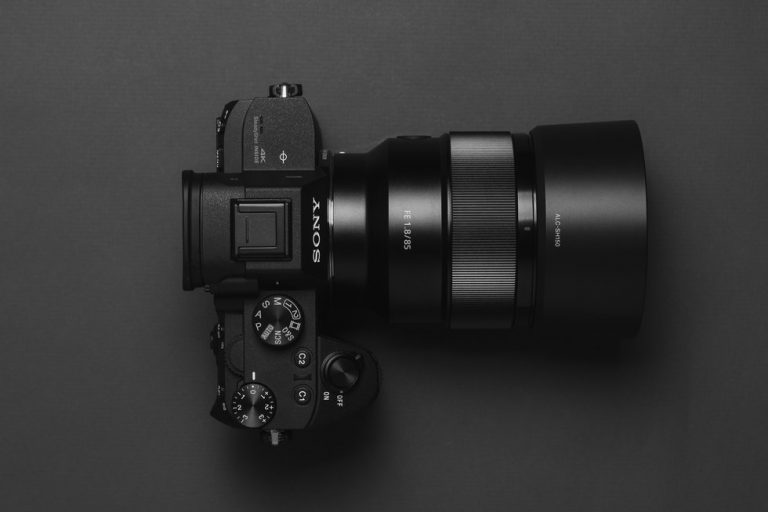You will find rivalries in every industry. In the world of smartphones, it is Android vs iOS. For computers, it is Apple vs Microsoft.
And when it comes to cameras, it is Nikon against Canon.
Many photographers, from professionals to beginners, wonder which brand is right for them. The question seems simple on the surface, but the answer certainly isn’t. There are lots of factors that go into determining which camera you should ultimately get.
These factors could include the ergonomics of the camera, the availability of lenses, performance features, and your own preferences.
Though there are other players in the camera manufacturing game, Nikon and Canon are, by far, the industry’s two giants.
To help you select the right brand, we will look at the most important things to consider when comparing these two giants of the photography world. Hopefully, by the end, you will be a better-informed buyer and confident about your choice.
How much does a camera matter?
You want to decide who wins the Canon vs Nikon debate, but the first question you need to ask is: “how much does a camera matter?”
This question is equally controversial, but there is not a clear answer. A skilled photographer will always take better pictures than a beginner, but some cameras have features that can lessen the learning curve for novices and hide some mistakes that they could make.
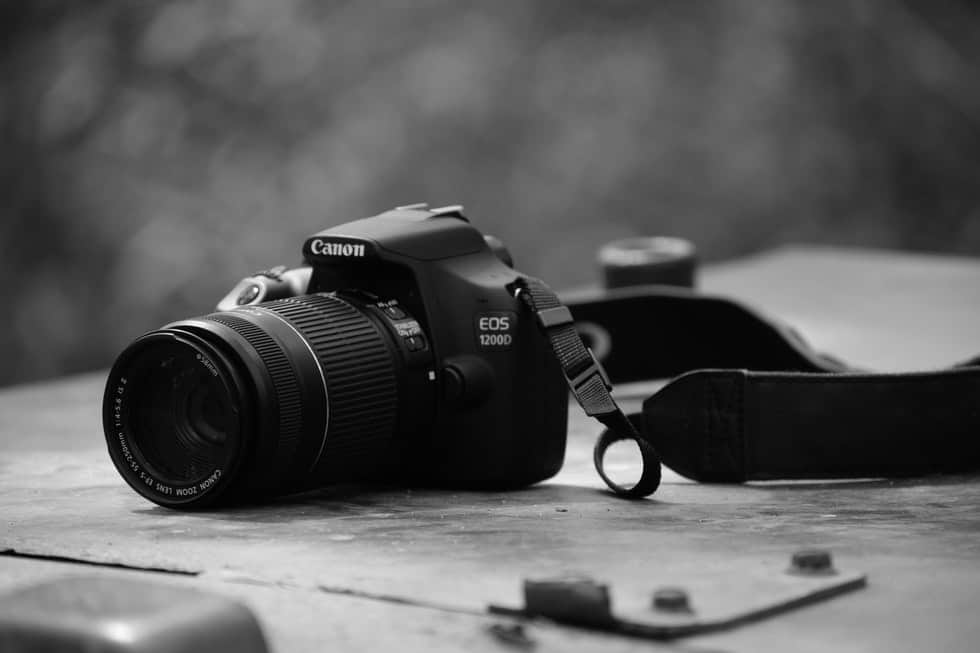
What features should you be looking at?
So what parameters should you consider when seeking a camera? Here are some to start with:
Shooting speeds
If you want to capture action photos in detail with moving subjects, you need to get a camera with a high continuous shooting speed. A camera capable of 12 frames per second, for example, will increase your chances of capturing a beautiful photo when there is lots of movement.
Autofocus
A camera with more autofocus coverage, more autofocus points, and a better autofocus system is a great asset because you’ll be able to track your subject as it moves. Autofocus can help novices who haven’t mastered manual focus yet.
Rugged camera
If you are going to work outdoors or simply want to protect your investment, you can consider a camera that can stand up to the elements and conditions.
Weather-sealed cameras will allow you to shoot in snow, rain, dust, and other harsh conditions. They will also give you peace of mind that you can shoot anywhere without having to worry about damage to your equipment.
ISO
ISO figures have to do with light. The most advanced cameras can capture images free of digital noise at high ISO. This feature is vital because it allows you to shoot great pictures in less-than-ideal lighting conditions.
Camera resolution
Resolution is yet another essential feature to consider. A camera with a higher megapixel count allows you to crop your photo, which gives you more flexibility and versatility during processing. It also allows you to get more out of a shorter lens, saving you money in the long run. Aside from your camera body, lenses are going to be the most expensive purchases.
Previews
Mirrorless cameras are a newer option on the camera market that features high-quality electronic viewfinders. These allow you to get accurate previews of photos before you press the shutter button. This feature is excellent for newer photographers because they can check settings before snapping the picture.
HDR
HDR stands for high dynamic range, and it is the feature of a camera that allows you to get the most detail out of a scene you capture. It gives you a lot more room to select a comfortable exposure level and to photograph scenes without necessarily having to employ complicated settings.
The size and weight of the camera
A small and light camera is a good option because it is more portable so that you can take it more places. Larger cameras tend to offer more features, but, as technology improves, smaller cameras gain more of these high-end features.
The features of smaller cameras are things to consider when asking Canon vs Nikon questions.
Optical quality
A high-quality lens will give you fewer issues and a sharper image, making it possible to get even better pictures regardless of the camera type.
Image stabilization
A camera or lens with image stabilization makes it easier to hold your camera by hand, even when the shutter speeds are low. This feature lets you take more photos without a tripod, including in low light, and to increase your depth of field during the daytime.
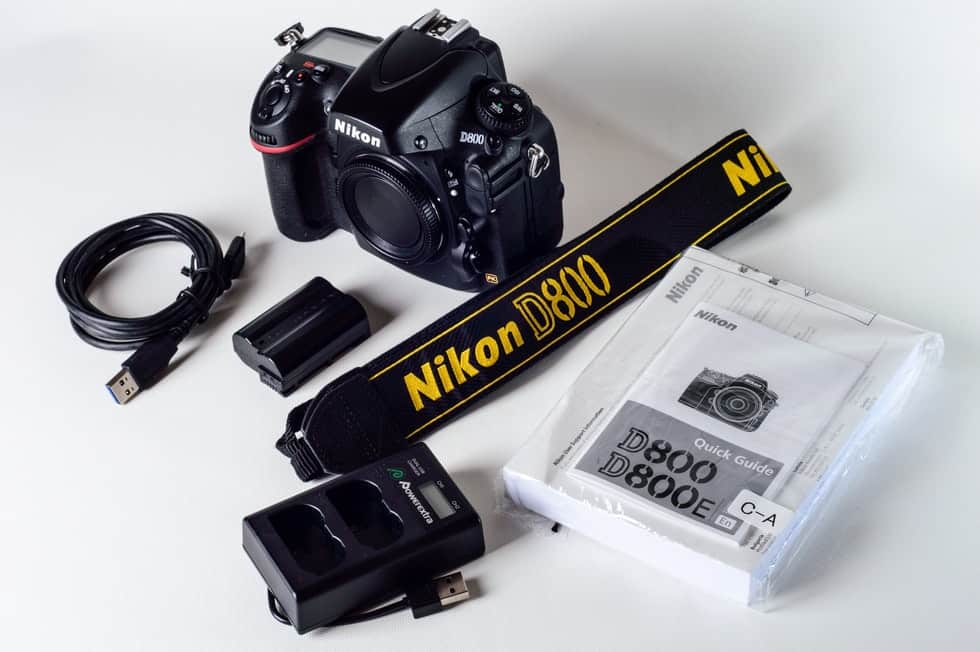
What parts of a camera can make a difference in photo quality?
A good camera should be able to take great-looking photos in situations where you will most often use it. However, there are differences between cameras “under the hood.”
These differences can have a profound effect on the quality of your pictures.
In this section, we’re going to look at the three aspects of a camera that make a notable difference in picture quality: sensor size, lenses, and megapixels (resolution).
Sensor size
While the topic of sensor size is complicated because of design and other factors, the concept of a sensor is pretty simple. A camera sensor is hardware that captures incoming light and converts it into electrical signals. This signal then becomes the image you see.
These sensors consist of millions of light-sensitive spots known as photosites. Photosites record the light coming in through the lens of the camera.
The size of a camera’s sensor is a vital factor in just how much of the light entering a camera gets captured and converted into the final image. You can think of the sensor as a kind of information capturing system.
The larger the sensor, the more information it can capture, and the better the quality of the image. The sensor size ultimately determines what kind of image you see.
Smaller sensors tend to crop the image from the lens, while larger sensors capture more information from the scene. Sensor size in a camera affects the resolution and quality of the image, the depth of field, the angle of view, how the camera performs in low light conditions, and the lens and camera size.
The Canon EOS 5D Mark II, for example, is a full-frame camera, while the Canon EOS T7 has a sensor that crops images.
Lenses
Camera lenses are arguably more important than the camera body. You can take superior images with a beginners DSLR (Digital Single Lens Reflex) camera with a high-quality lens. However, you may get subpar pictures with an expensive camera and a low-quality lens.
The good news is that you can take great pictures with an entry Nikon or Canon. These digital cameras are really good, and they get better every year.
In particular, DSLRs and mirrorless cameras are so good that even entry ones will take excellent pictures, matching professional ones in image quality. The catch is that you need to use the right type of lens.
Another factor to consider when it comes to lenses is that, while cameras get continually upgraded and improved, lenses tend to last much longer.
A high quality 15-year old lens will do just as well, or even better than a newer one. In fact, like wine, lenses tend to get better with time, since the camera bodies receiving light from them get better and better.
Lenses affect a wide variety of things. The focal length of a lens will change the magnification of an image. A short focal length gives more panoramic views, while longer focal lengths tend to bring objects closer.
Lenses with variable focal lengths allow you to zoom and bring images closer. The aperture of a lens, which is the opening it has for light, will affect the depth of field, determining how much of a range gets brought into focus — the smaller the aperture, the deeper the depth of field.
Megapixels
Megapixels are a measure of resolution. You get the megapixel figure by multiplying the number of horizontal pixels by vertical pixels. For example, 3000 horizontal pixels by 2000 vertical pixels will give you 6 megapixels, or 6MP.
A higher megapixel count can mean more detail in an image, thereby improving the resulting quality. The megapixel rating is particularly important if you plan to print your pictures in large formats. However, having more megapixels will not save you if you have subpar lenses and a low-quality sensor.

What are the different types of camera systems?
Now that we have enough preliminary information at our fingertips, we’re going to dive into the Canon vs Nikon comparison. But just before that, let’s get a brief overview of the different types of camera systems, since they will factor into our comparisons of the two brands.
In a sense, you can perform the Nikon or Canon comparison separately for each type of camera. There are five main types of camera systems.
- Compact cameras, also known as point-and-shoot cameras.
- Super-zoom cameras.
- DSLRs.
- Mirrorless cameras.
- Medium format and other high-end professional cameras.
Nikon or Canon
So you might be wondering why this review is about Nikon or Canon and doesn’t include any other brands. After all, if you’re looking for the best camera to indulge your photography hobby, you should know about all the available options, right?
In the photography industry, it’s challenging to do much better than Canon or Nikon.
For many years, Nikon and Canon have been the giants of the industry, and other brands have had a difficult time keeping up with them. Sony, another giant in the field, has been playing catchup recently, but only in some areas, such as mirrorless cameras.
When you consider all different types of cameras, Nikon and Canon stand out far above the rest. For this reason, Nikon or Canon is a valid comparison.
Compatibility is key
Another reason it’s essential to shop by brand, as opposed to merely buying a good camera, is compatibility. Photography is both expensive and systematic. The combination of features means that you’re essentially buying into an ecosystem when you purchase a brand.
You might find yourself ‘stuck’ if you buy into the wrong system, without the financial means necessary to switch.
Each camera brand maintains compatibility between cameras and equipment. Nikon lenses and other equipment are only compatible with Nikon cameras and not with other brands.
Ditto for Canon lenses and equipment. Since you are likely to spend significantly more on lenses than actual camera bodies, make sure you choose your brand wisely. If you already have an existing lens collection, then the decision may already be out of your hands.
Nikon and Canon Comparisons
To get started in the Canon or Nikon debate, let’s look at how the two giants stack up in specific categories.
Image quality
Even on close inspection, it’s hard to tell whether a particular image came from a Canon or Nikon camera. Both camera brands produce quality images, and professional photographers have been doing incredible things with both Nikon and Canon for decades. Once the photos get edited, it is even harder to find any differences.
As far as sensor performance is concerned, Nikons are typically higher rated when it comes to dynamic range. However, the difference isn’t so significant that it will make a noticeable difference in most practical situations.
Lenses
Both Nikon and Canon have a wide array of lenses. The best Canon lenses share a lot in terms of features and focal lengths with the best Nikon lenses.
If you’re looking for a particular focal length, you’ll find one in either brand. If you’re more specific about the exact type of lens you want, you’ll have to make sure it’s available for a particular brand before you buy a camera.
For example, while Nikon has a 105mm f/1.4 lens, Canon doesn’t. And while Canon has the 135mm f/4 tilt-shift macro, Nikon doesn’t.
Both brands are lagging when it comes to mirrorless systems. This area is where Sony and other brands shine.
Canon mirrorless lenses are big and high quality, but they are more expensive than other options on the market. On the other hand, Nikon went for more affordable and compact lenses that don’t produce the best results.
The good news is that both brands offer adapters that allow you to mount their high-quality DSLR lenses on mirrorless camera bodies, allowing you to maintain functionality and quality. These adapters show that choosing an ecosystem is vital if you want to start collecting equipment.
Design
A Canon feels different to hold than a Nikon. This fact is vital because you want a camera that is comfortable in your hand. It’s a bit subjective because what feels suitable for one person may feel awkward for another.
The command buttons and dials are placed differently on each brand, and the grips have differing designs. The best way to know which feels best for you is to simply hold one in your hand and get a feel for it.
One particular area where Nikon seems to shine is in the manual modes. Nikon shares naming conventions with most other brands on the market, such as Olympus, Panasonic, Sony, and Fujifilm. “A” denotes Aperture Priority, “S” denotes Shutter Priority, “P” indicates Program Auto, and “M” means full manual.
Canon is a little different since it has Aperture Value, or Av, in place of Aperture Priority. Shutter Priority is Time Value (Tv). The modes all function the same, though, so it doesn’t matter unless you prefer one kind of naming convention over the other.
Price
The truth is that both brands are on the high end of the camera market, and neither is more affordable than the other. One common joke among photographers is that the main competition between Canon and Nikon is over who can charge more for their cameras and equipment without losing customers.
That said, making a high-quality camera is an expensive endeavor, and these are high-quality camera manufacturers who are continually testing and improving their designs.
Typically, entry Canon and Nikon cameras will be within $50 of each other.
The story changes, however, when you start to consider their full-frame mirrorless models. The cheapest full-frame camera ever made is the Canon EOS RP, which is less expensive than the comparable Nikon Z 6.
The Nikon Z 6 is about $700 more expensive. There are some essential features present in the Z 6 that are missing in the EOS RP.
As for lenses, it’s a little harder to make a direct price comparison, though they generally follow the same kind of variation as camera bodies.
Overall performance
Both brands have exceptional performance. It’s why they’re at the top of the industry. It’s also challenging to have a general comparison, since they make many different types of cameras, lenses, and equipment, and those aren’t always apples-to-apples comparisons.
That said, there are areas where one brand is in front of the other, and vice versa. For example, Canon’s menu system earns more rave reviews, while users often find flaws with the Nikon’s menu system.
That said, whichever camera performs better will depend to a great extent on what kind of photography you want to practice and the available models.
Handling
Usability is a much more general comparison point, and we’ve touched on many aspects of it in the other subheadings in this section. For example, ergonomics is an essential aspect of usability, as is the menu system’s intuitiveness. Versatility is yet another aspect, as you will want a camera that can take good pictures in a wide variety of situations.
Ultimately, usability is subjective and comes down to your preferences. Whatever feels right for you will win the Nikon or Canon debate. Go to a camera shop and pick a model of each brand. Get a sense of how it feels in your hands. For many photographers, this is enough to make a choice.
Pros and cons
You can weigh the pros and cons of Canon vs Nikon to help with your decision.

Pros and cons of Nikon cameras
Nikon cameras stand out in the following areas.
Pros
- Nikon’s Wi-Fi is excellent. Transferring images from camera to phone happens easily and quickly for most Nikon cameras.
- The dynamic range of Nikon cameras, as pointed out earlier, is also pretty good!
- Nikon’s low light capabilities with the ISO turned up are also exceptional.
- Nikon’s speed and accuracy when it comes to focusing is at the top of the industry.
Cons
- Nikon’s lens selection is slightly more limited than Canon’s.
- Entry Nikon cameras have slightly lower build quality than comparable Canon cameras, especially when it comes to weather-sealing.
Pros and cons of Canon cameras
Canon cameras, meanwhile, have a different set of pros and cons.
Pros
- Canon lenses have a superior depth of field. This trait is a great perk for people that love taking detailed photographs.
- Canon cameras, even entry ones, have excellent build quality.
- While this is entirely subjective, more photographers praise Canon’s user interface, particularly its menu system.
Cons
- Canon’s wireless technology is somewhat inferior to Nikon’s. However, Canon seems to be putting in efforts to improve this shortcoming.
- Canon’s dynamic range is marginally inferior to Nikon’s.
Different types of cameras
It would be remiss to talk about the Nikon and Canon debate without considering the many kinds of cameras offered by both brands. While we mentioned different camera systems earlier, Canon and Nikon mostly manufacture DSLR, mirrorless, and high-end professional cameras.
They also have compact models, but the differences between these consumer cameras are less apparent.
DSLRs
When it comes to the low-priced DSLRs, costing as little as $300, Canon wins with models like the EOS Rebel T100. However, when considering high-quality starter DSLRs, there is more level competition.
DSLRs continue to develop. Many high-end Canon cameras are in their third incarnation (Canon counts generations with terms like “Mark II” and “Mark III”).
Nikon, meanwhile, uses the FX Series name for its pro-level cameras, which are similar in quality to EOS D5 Mark II and Mark IIIs.
Mirrorless Cameras
Initially, Canon led in the mirrorless cameras sector, since Nikon didn’t have any models. However, with the introduction of the Nikon Z 50, Nikon got a horse in the race. They have added more models over time.
The cheapest mirrorless camera between the two is the Canon EOS M200, though it’s a little lacking in essential features. The Nikon Z 50 is far superior in the mirrorless cameras section, but it comes with a higher price tag.
Full-Frame Mirrorless Cameras
The latest cameras in the market are full-frames mirrorless cameras. Here competition is a bit more heated market-wide, with Sony leading in innovation. Canon and Nikon, however, also have some exciting models.
The Canon EOS RP is an entry-level full-frame mirrorless camera that’s compact, affordable, and simple. The Nikon Z 6, on the other hand, even though marketed as entry-level, is a bit more advanced and rugged. It is capable of continuous shooting speeds of 12+ fps and 6K-4K video.
If you’re looking for cheap, the EOS RP is a good start. If you want something a bit more advanced in the entry-level market, the Nikon Z 6 is a better choice.
In the professional market, Canon had an early lead outside of companies like Leica and Sony. The EOS R camera is Canon’s pro-level full-frame mirrorless camera, while Nikon has the Z 7.
However, even though Canon was the first of the two brands to produce a high-end full-frame mirrorless model, the Nikon Z 7 has some pretty robust features, including a higher burst rate and in-body stabilization. Both cameras are top quality in practice, however, and whichever you choose comes down to preference.

Which brand should you choose?
The most important takeaway from this article is that the Canon vs Nikon debate winner is the camera that fits your needs and feels better in your hand.
The best way to know is to figure out what kind of photography you want to do and determine your budget, then go to a camera store and look at models from both brands within your price range. They are often similarly priced.
You can pick up a few cameras, get a feel of them, and note how usable they are to you. You may also ask any photographer friends who you’d like to emulate what works for them and consider their advice. A good part of buying the same brand camera as your friends is that you can then share lenses and equipment.
Do professional photographers prefer Nikon or Canon?
Professional photographers use both types of cameras. Both brands have plenty to offer. Whichever a particular photographer chooses boils down to their preferences and whatever lens and equipment they either have or are planning to buy, as well as the kind of photography they intend to do.
If you plan to improve your photography so that you can one-day take professional-level images, you may want to at least look at professional full-frame cameras from Nikon and Canon. You can start with an entry-level camera, but if you have many lenses, you may need to stay with the same system when you upgrade to a pro camera like the Canon Mark II.
